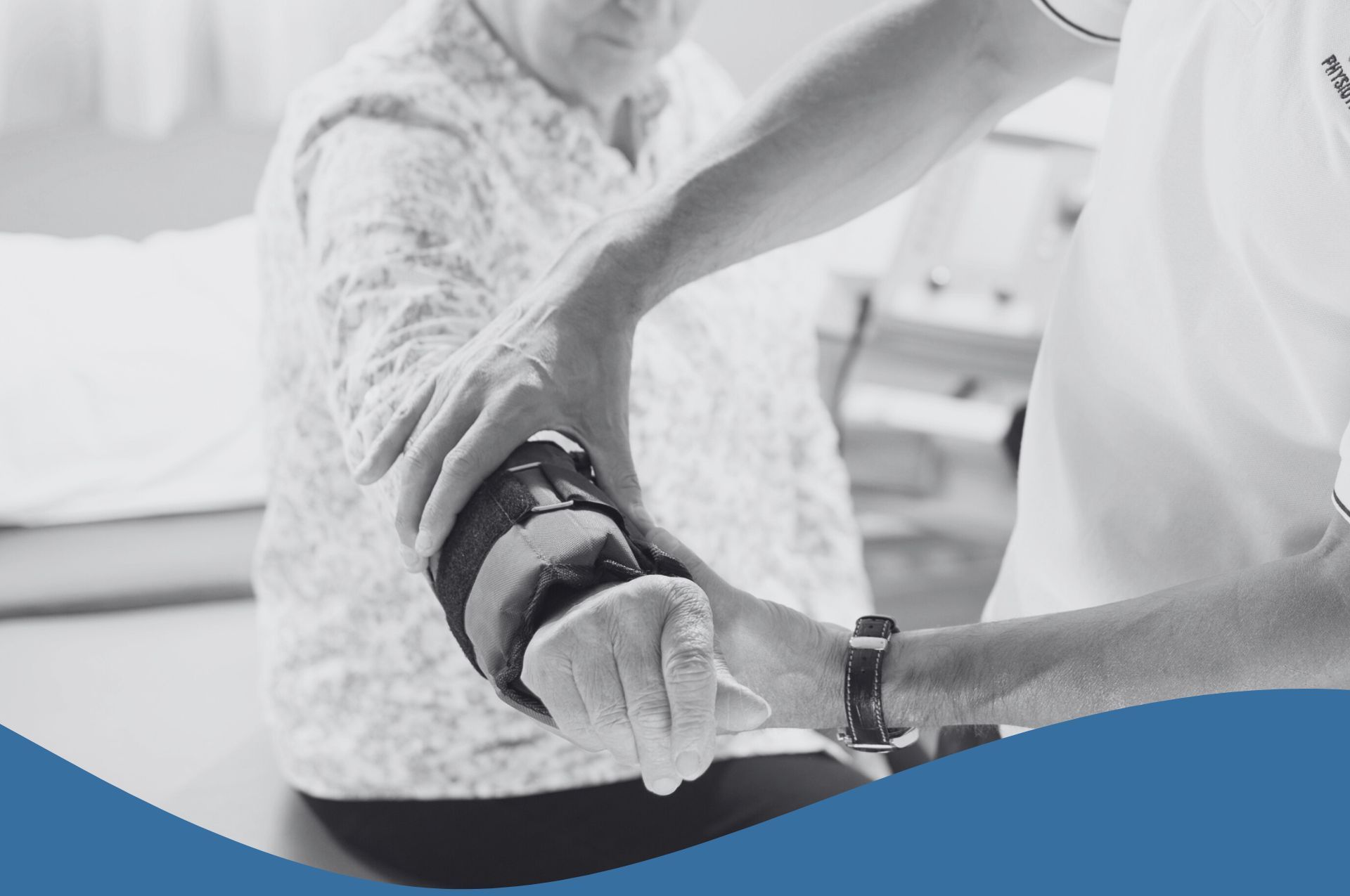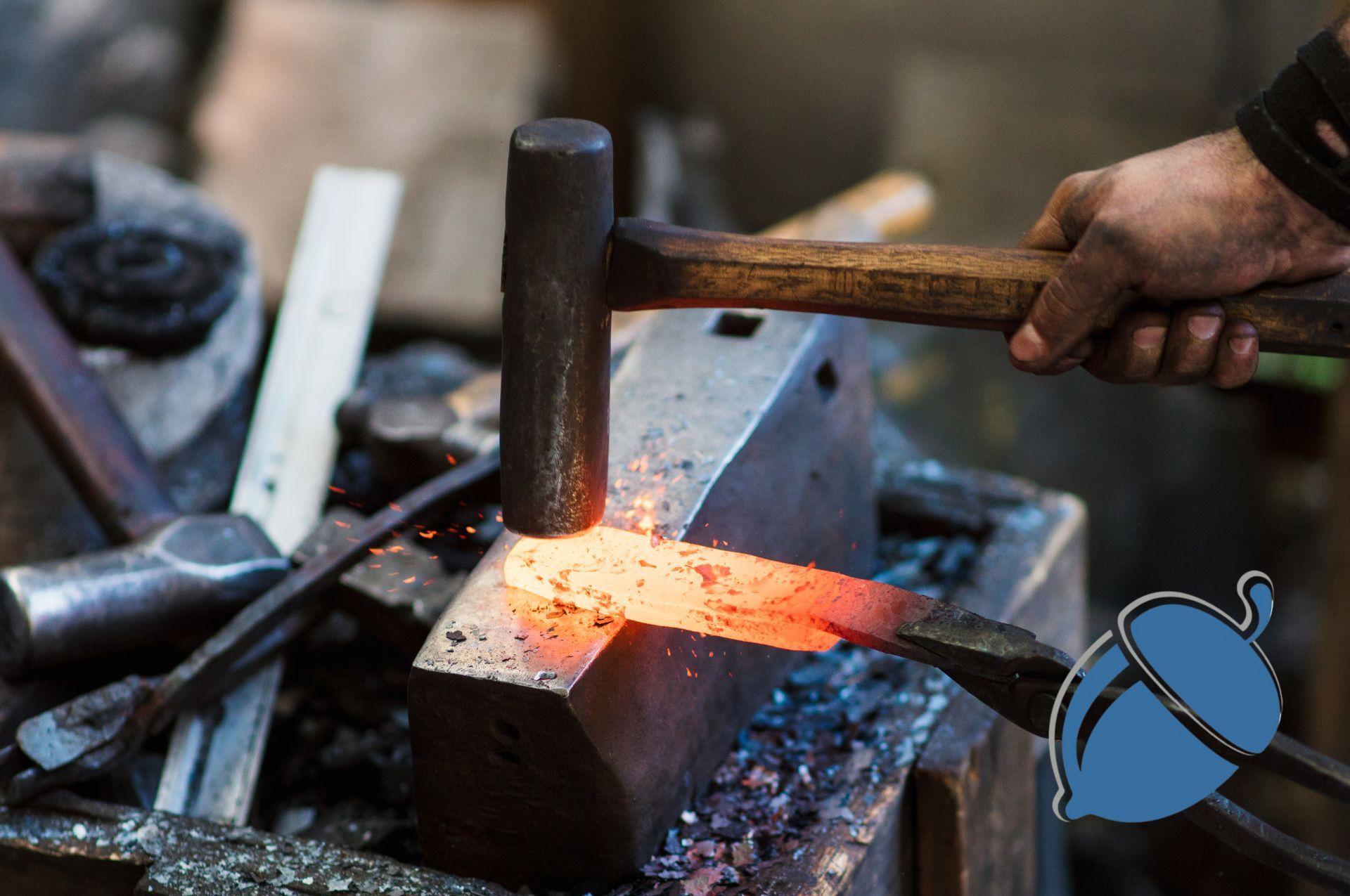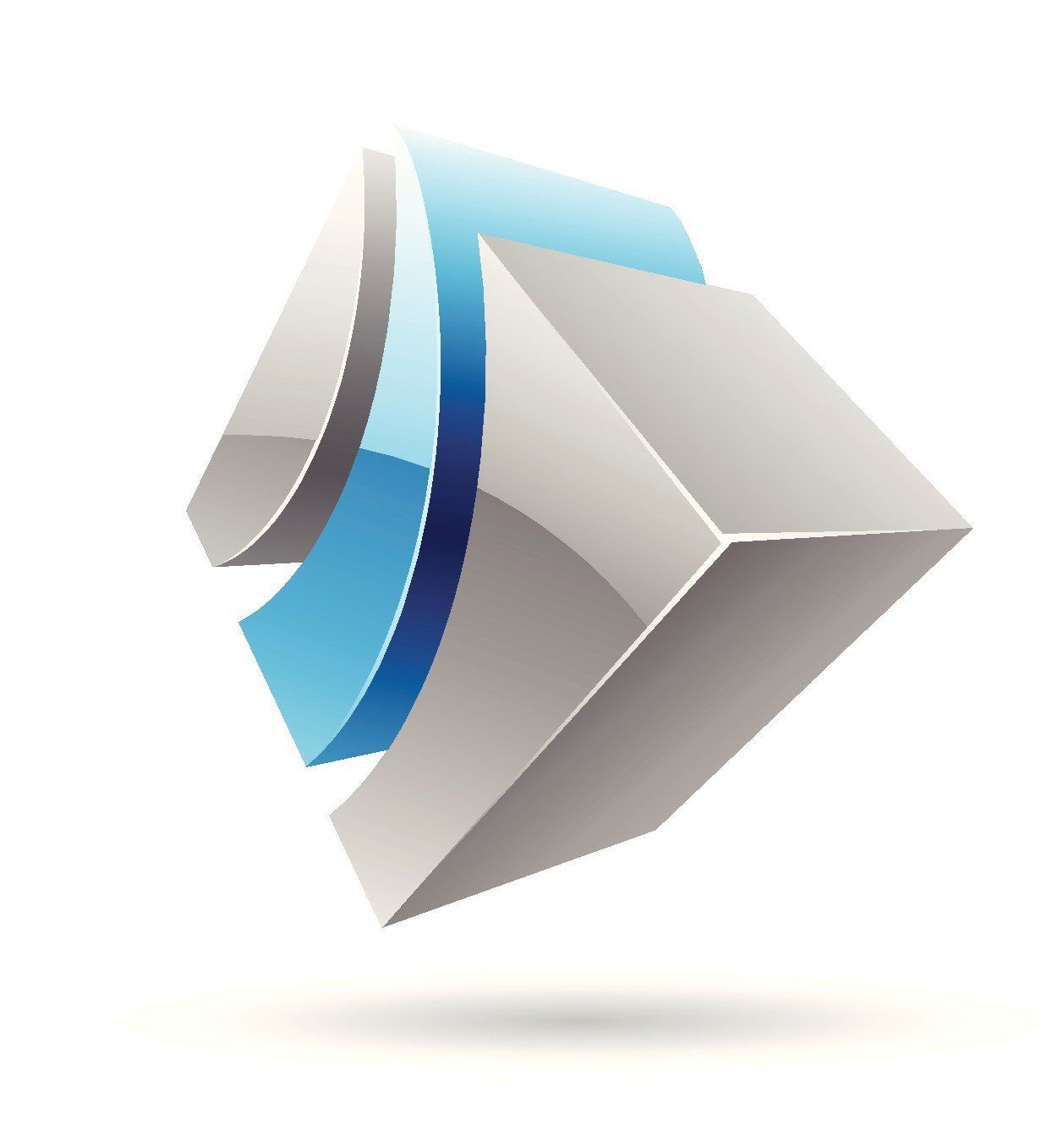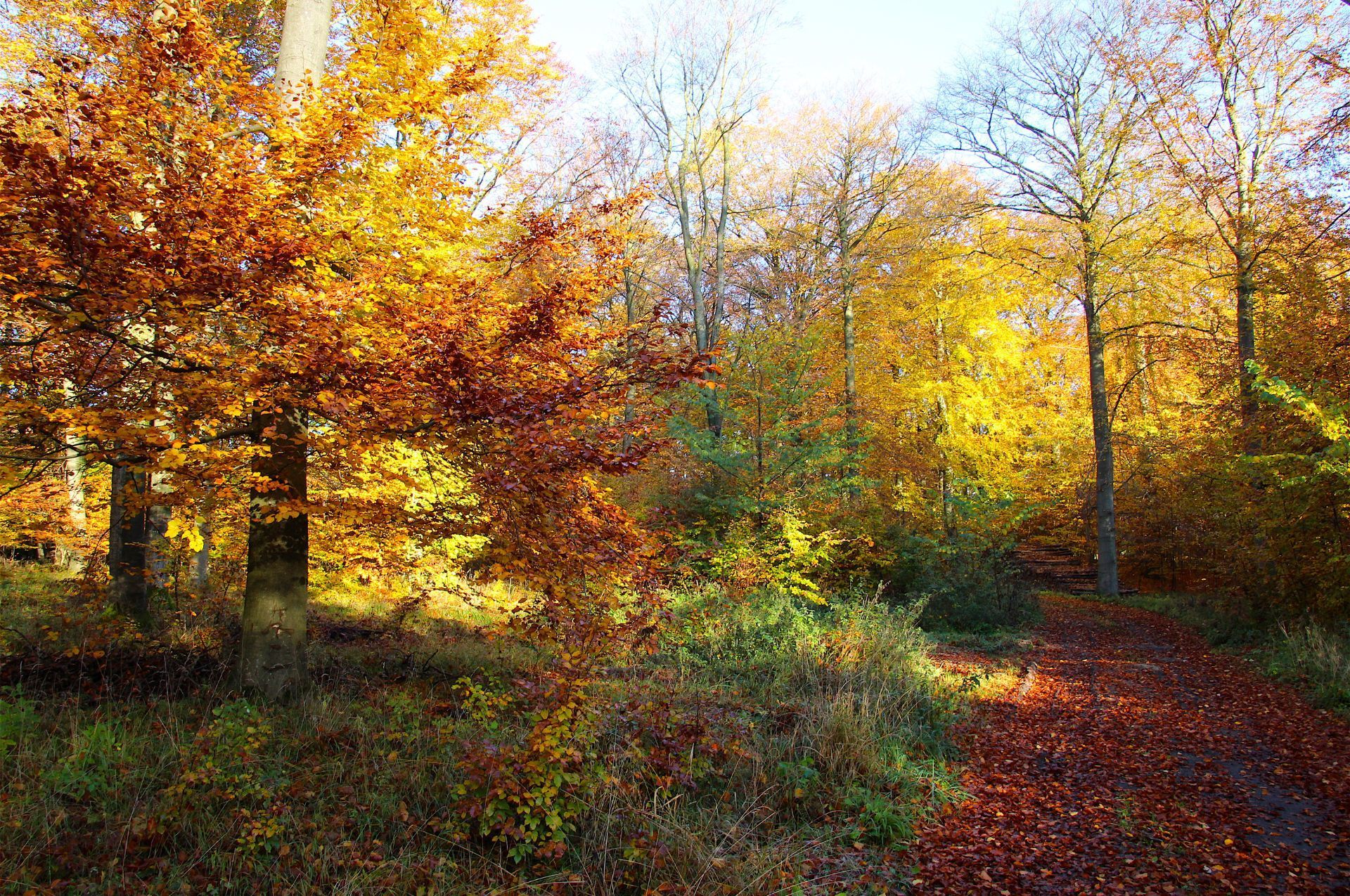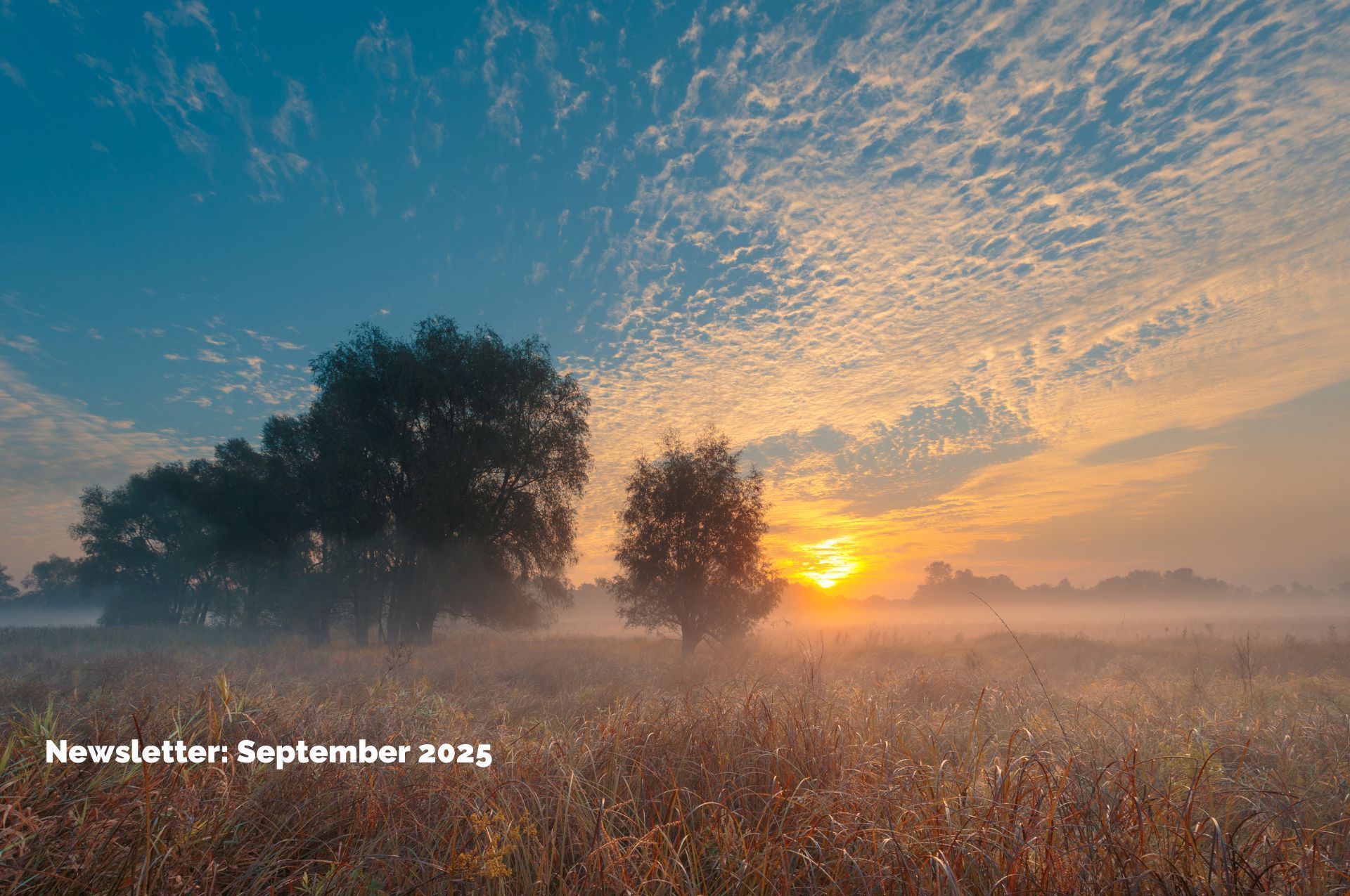Fractures and Physiotherapy
By definition, a fracture is a break in a bone caused by mechanical forces that surpass the bone's capacity to endure them. You may have heard that there are classifications of fractures such as complete/incomplete, open fractures, displaced, or open fractures. It can happen through various means, and can occur with a normal bone subjected to an overwhelming force such as seen in a trauma, a weakened bone from lesions such as cancer or osteoporosis which is often called as pathologic fracture, or chronic and abnormal stresses in the bone resulting in microfractures or fatigue fractures.
So what does a fracture actually feel like? Surely it would be painful. It would typically be painful at the site of the break but with varying intensity from mild discomfort to severe, sharp pain. Swelling and bruising would also be present as a natural effect to injury. In some cases, a visible deformity can be seen where the affected limb or joint looks misaligned. Limitation of movement of the affected limb is also seen as weakness sets in and pain making it difficult to move. In addition, muscle spasm and muscle atrophy can possibly occur.
Fracture Management
Fractures can occur to any bone in the human body, but is mostly seen in the upper arm, ribs, ankle, foot, hip, and clavicle for a variety of reasons as mentioned above. Depending on the type, location and severity of the fracture, it can be medically managed through multiple ways:
- Immobilization - this may be done to the fracture bone or joint by using a splint, cast or brace in order to prevent further damage with movement and stabilize the bone. Restricting the movement would also reduce the pain and allow the bone to heal properly. The recommended type of immobilization would depend on the location and severity of the injury.
- Pain management - pain medications or prescription painkillers may be used to alleviate the discomfort felt during the healing process
- Reduction - In certain situations, a fractured bone might require realignment using a process known as reduction. This can be achieved either through closed means, involving manipulation without surgery, or through open methods, involving surgical intervention. The primary goal is to reposition the bone accurately, facilitating optimal healing
- Surgery - In cases of more intricate fractures or when conventional treatments prove ineffective, surgical intervention may become essential. Surgery may entail the utilization of metal plates, screws, or rods to stabilize the bone, facilitating the healing process.
- Physical therapy - After the initial healing stage, physical therapy becomes pivotal in restoring strength, flexibility, and function to the affected limb. A physiotherapist will create a personalized rehabilitation program to aid the patient's recovery.
How long does it take to heal a fracture?
It would generally take 6-8 weeks for bone healing to occur but can widely vary depending on many factors such as the location and type of fracture, treatment undergone, the individual’s age and nutritional status, and whether or not the individual smokes as it can cause delayed healing. A fracture can be considered to be clinically healed based upon the physical findings and symptoms. Some of these hallmarks include absence of pain on weight-bearing or movement, blurring or disappearance of fracture line on X-ray, full or near functional ability, and no tenderness on palpation at the fracture site.
How does physiotherapy help?
The goal of physiotherapy in fracture rehabilitation is to optimize the healing process, enhance mobility, strength, and flexibility, and improve overall function to enable the patient to return to their normal activities as safely and efficiently as possible.
A comprehensive evaluation of the patient's condition is conducted by the physiotherapist, taking into account the fracture type, location, extent of the injury, and the individual's overall health and physical capabilities. To manage pain effectively, physiotherapists employ diverse techniques, including manual therapy, ice, heat, and electrical modalities, such as
Laser Therapy.
Specific exercises and movements are then utilized in physiotherapy to restore the normal range of motion in the affected joint or limb, thereby preventing stiffness and contractures during the healing process. Progressive strength training becomes crucial to rebuild muscles around the fractured area, providing stability and support throughout the recovery phase. Patients are guided through functional exercises, replicating real-life activities, fostering independence and confidence in daily tasks. Moreover, physiotherapy plays a crucial role in preventing complications such as muscle weakness, joint stiffness, and loss of function that may arise due to immobilization during the healing phase.
In conclusion, a fracture is a significant injury caused by mechanical forces that exceed the bone's ability to withstand them. It can result from trauma, weakened bones due to underlying conditions, or abnormal stresses on the bone. The pain experienced can range from mild discomfort to severe, sharp pain, accompanied by swelling, bruising, and potential deformity. After the initial healing stage, physiotherapy becomes crucial in the recovery process. Physiotherapists assess the patient's condition, use pain management techniques, restore range of motion, implement strength training, and guide functional exercises to improve mobility and function. By preventing complications and promoting optimal healing, physiotherapy plays a key role in helping patients regain their strength and functionality, enabling them to resume their daily activities with confidence and safety.
References:
- Einhorn TA, Gerstenfeld LC. Fracture healing: mechanisms and interventions. Nat Rev Rheumatol. 2015 Jan;11(1):45-54. doi: 10.1038/nrrheum.2014.164. Epub 2014 Sep 30. PMID: 25266456; PMCID: PMC4464690
- Sheen JR, Mabrouk A, Garla VV. Fracture Healing Overview. [Updated 2023 Apr 8]. In: StatPearls [Internet]. Treasure Island (FL): StatPearls Publishing; 2023 Jan-. Available from: https://www.ncbi.nlm.nih.gov/books/NBK551678/
- Marsell R, Einhorn TA. The biology of fracture healing. Injury. 2011 Jun;42(6):551-5. doi: 10.1016/j.injury.2011.03.031. Epub 2011 Apr 13. PMID: 21489527; PMCID: PMC3105171.
- Whats Up Dude. How Does A Bone Break Heal - Bone Fracture Healing Process. Available from: http://www.youtube.com/watch?v=od8oU5OLMGU[last accessed 8/6/2020]
- Maitre S. Causes, clinical manifestations, and treatment of fat embolism. AMA Journal of Ethics. 2006 Sep 1;8(9):590-2.
- Hershey K. Fracture complications. Critical Care Nursing Clinics. 2013 Jun 1;25(2):321-31
